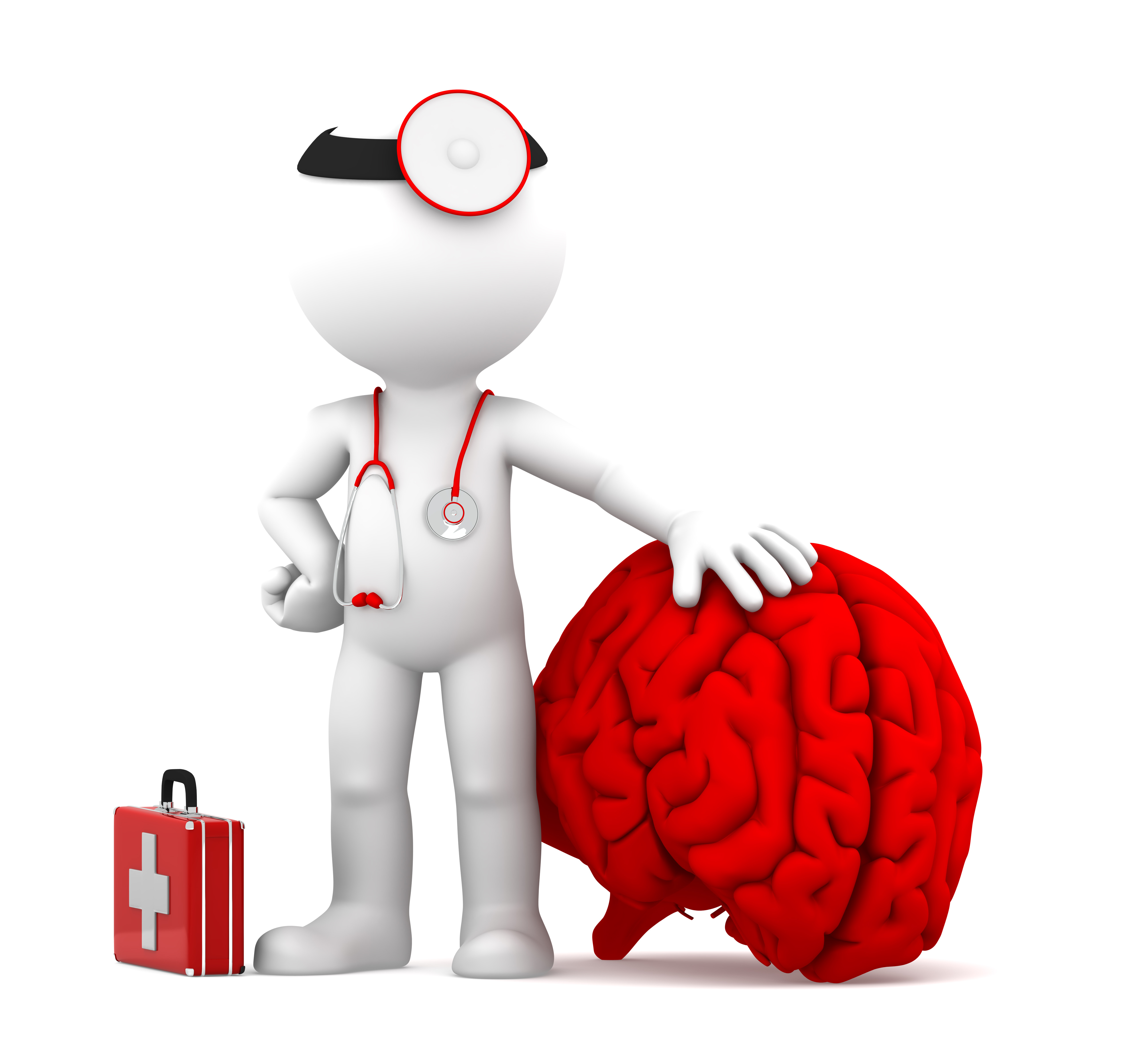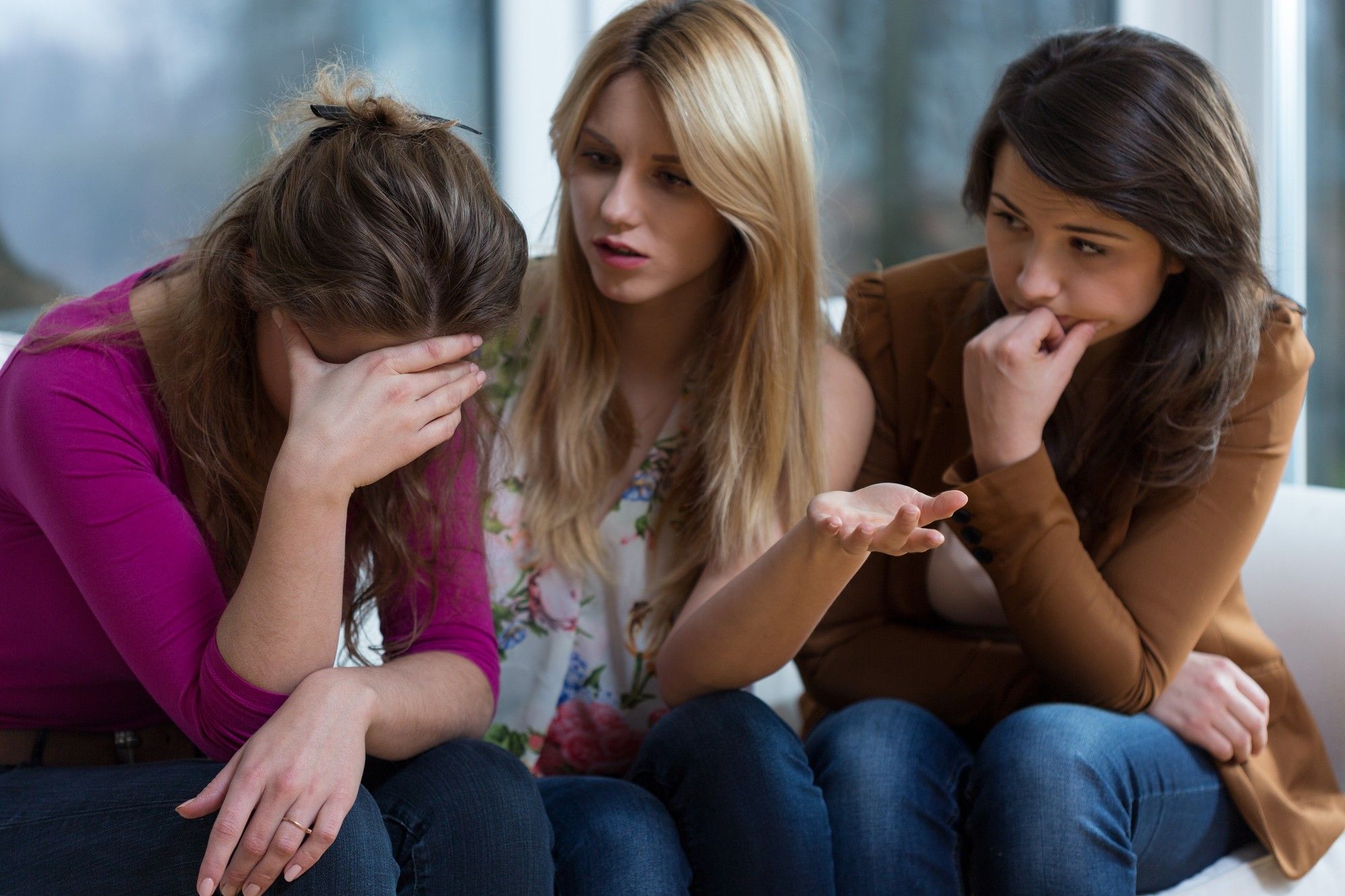Understanding Anxiety
Lesson 2
Anxiety wasn’t recognised widely, until 1980 and then only received a generic diagnosis of ‘stress’ or ‘nerves’. There were no understanding of the disorders by the health professionals during that period, but now, it is deemed to be one of the most common psychiatric disorders. They are now reporting that anxiety is a modern epidemic significant enough to challenge the dominance of depression as the most common mental health problem.
Fight or flight system response
It is understood to part of the overall fight or flight system response – the system is a part of an evolution process your body developed for our survival from wild animals or human predators. It may be perfectly normal to feel fearful at times, but anxiety is not the same as feeling stressed, which is a natural response to uncertain or challenging times.
However, we are now under threat from a pandemic, and, understandably, people will feel afraid. This perpetual fear will affect us on an emotional and physical level.
There are many reports concerning the mental health crisis at the moment, and people worldwide were forced into isolation causing Anxiety, Depression, Trauma and Stress by the pandemic of COVID-19, United Nations health experts disclosed.
The isolation, the fear, the uncertainty, the economic turmoil – they all-cause or could cause psychological distress,” said Devora Kestel, director of the World Health Organization’s (WHO) mental health department.
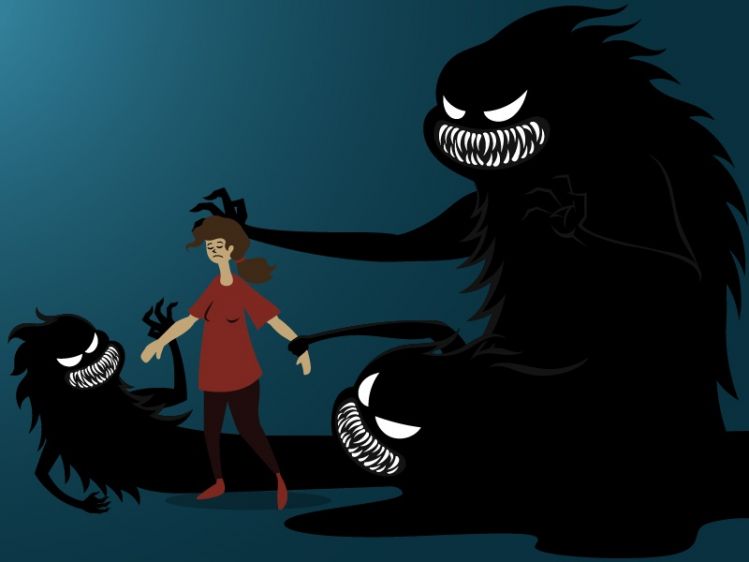
Anxiety is when you get that nervousness (and all related fight/flight symptoms) Your head is full of worry and concern when there is no fear. The misconception that anxiety disorder is a sort of social fear is utterly untrue because fear is an emotion displayed in the face of something perceived as a threat. In contrast, anxiety is a feeling of unease in specific situations.
Generalised anxiety disorder (GAD)
Most people experience some degree of normal anxiety from time to time. Still, when anxiety is frequently felt and leads to a disruption of normal functioning, you might have acquired a generalised anxiety disorder (GAD) These symptoms of anxiety are a common problem for people who have been diagnosed with any anxiety disorder.
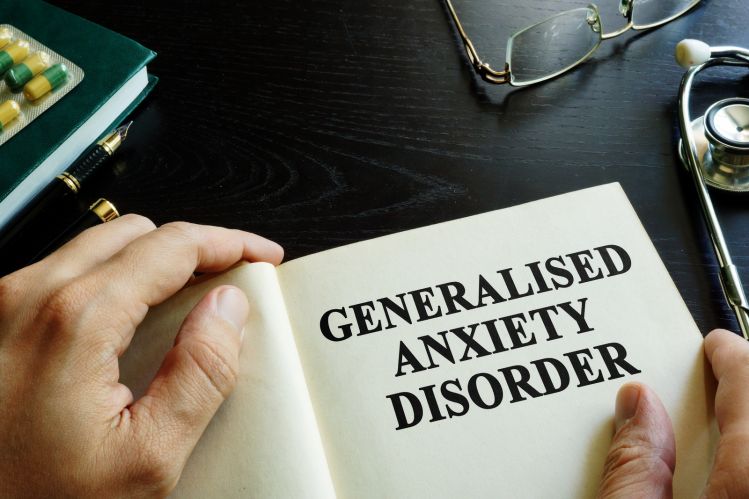
In addition to generalised anxiety disorder (GAD), obsessive-compulsive disorder, post-traumatic stress disorder (PTSD), obsessive-compulsive disorder (OCD) and phobia’s also fall under the category of anxiety disorders.
Stress or anxiety
Isn’t necessarily a bad thing. Good stress, something now referred to as eustress, The excitement of a roller-coaster ride, a scary movie, or a fun challenge are all examples of eustress. Significantly, symptoms of normal anxiety could turn out to be your friend if it doesn’t negatively interfere with daily functioning.
They may challenge, improve your attention and problem-solving, motivate you to work harder toward a goal or warn you about a potential threat.
For example, anxiety about an upcoming exam will likely drive you to prepare thoroughly. Therefore, some positive anxiety is helpful and necessary to motivate and focus us on taking action.
Pre-existing (Negative) anxiety disorder
Anxiety disorders:
Are characterised by severe, persistent worry that is excessive for the situation, and extreme avoidance of anxiety-provoking situations. These symptoms cause distress, impair daily functioning, and occur for a significant period. For instance, a person who needs to stay home from work several days in a row due to panic attacks is likely suffering from an anxiety disorder.

Panic attacks:
Mimic life-threatening situations where the individual feels they are dying. They will often present with chest pain and shortness of breath that typically peaks within 10 minutes. Panic disorder is a type of anxiety disorder that is diagnosed when individuals experience recurrent panic attacks followed by at least one-month duration of having a fear of an oncoming panic attack.
Panic disorder:
This means having regular or frequent panic attacks without an exact cause or trigger. Experiencing panic disorder can mean that you continuously feel afraid of having another panic attack, to the point that this fear itself can trigger your panic attacks.
Anxiety disorders:
However, keep us on permanent high alert and prompt us to feel panic and fear at ordinary, everyday events.
What kind of anxiety do you have?
In addition to the primary symptom of excessive and irrational fear and worry, other common emotional symptoms of an anxiety disorder include:
A checklist of common symptoms
A churning feeling in your stomach
Light-headedness or dizziness
Pins and needles
Restlessness or inability to sit still
Headaches, backache and other aches and pains
Shortness of breath
A fast, thumping or irregular heartbeat
Sweating or feeling hot
Sleeping problems
Grinding your teeth, especially at night
Nausea
Needing the toilet more or less often
Changes in your sex drive
Panic attacks
Fatigue
Generalised anxiety disorder (GAD)
This means having everyday or uncontrollable worries about many different things in your everyday life. Because there are lots of possible symptoms of anxiety, this can be quite a broad diagnosis, meaning that the problems you experience with GAD might be quite different from another person’s experiences. Still, anxiety is a condition that persists, whether the cause of it is clear to you or not.
Phobias –
A phobia is an extreme fear or anxiety triggered by a particular situation (such as social situations) or a specific object
Social anxiety disorder –
Is more than shyness. It is a fear of judgment from other people. It can hold us back from talking to and meeting others. Social anxiety isn’t necessarily a fear of crowds or people that we know; it’s usually a fear of judgment that is at the root of it all. This diagnosis means you experience extreme fear or anxiety triggered by social situations (such as parties, workplaces, or any problem in which you have to talk to another person). It is also known as social phobia.
Post-traumatic stress disorder (PTSD) –
This is a diagnosis you may be given if you develop anxiety problems after going through something you found traumatic. PTSD can cause flashbacks or nightmares, which can feel like you’re re-living all the fear and anxiety you experienced during the actual event.
Obsessive-compulsive disorder (OCD) –
You may be given this diagnosis if your anxiety problems involve having repetitive thoughts, behaviours or urges. Obsessive, unwanted,
intrusive and distressing thoughts, images or compulsive urges repeatedly enter the mind, and we feel driven to perform individual acts or mental routines as we seek calm.
Body dysmorphic disorder (BDD) –
This means you experience obsessions and compulsions relating to your physical appearance.
Perinatal anxiety or perinatal OCD –
Some women develop anxiety problems during pregnancy or in the first year after giving birth.
Anxiety and mental health comorbidity
It’s ubiquitous to experience anxiety alongside other mental health problems, such as depression or suicidal feelings. If you have symptoms of both anxiety and depression but don’t fit one more clearly than the other, you might be given a diagnosis of mixed anxiety and depressive disorder.
Comorbidity of mental and physical diseases
Distress that often accompanies serious physical illness (e.g. cancer) and a mental disorder (such as depression or anxiety) are rarely clear, so they proceed with single-disease treatments in the belief that the psychological symptoms associated with the physical illness will disappear once the physical illness is treated. What is worse is that one of the comorbid diseases is often overlooked.
The admission of psychiatrists’ reluctance to deal with physical illnesses in patients whom they treat for a mental illness is most clearly demonstrated in the creation of a special subdiscipline–liaison psychiatry.
Health anxiety –
This means you experience obsessions and compulsions relating to illness, including researching symptoms or checking to see if you have them. It is related to OCD.
Self-help strategies to prevent anxiety – Taking back control.
Self - What triggers your anxiety, is it our thoughts; or repetitive negative thinking about ourselves and our self-image?
Possibly, our anxiety stems from a negative relationship or a problem at work. Once you identify the cause, make a plan to overcome the threat.
Don’t mistake self-compassion for self-indulgence - Create self-serving positive thoughts that soothe or eliminate anxiety at the moment. Create positive relationships, and reduce negatives ones; build proper self-care into your daily routine.and establish simple, fun strategies that calm.
Egocentric -
A more effective way to ease the nervous system is by nurturing the body. Think of your daily exercise, relaxation and healthy eating routine as your prescription for calmer living.
Disruptions and the anxious mind - Individuals who have an anxiety disorder are often rigid in their daily routines since the fear of the unknown is often a trigger for their anxiety. When something disrupts their daily routine, it is not uncommon for the individual to not know how to cope with the change and, as a result, lash out in anger.

Mindfulness -
Learning how to breathe for a peaceful mind (inhale calm for a count of three, hold for three and exhale for three, breathing out tension). Write down a couple of associated, specific goals, such as: spend only one hour on social media today. You can also rewire your brain to reduce anxiety by learning new things, taking some form of exercise every day and building self-care into your daily routine.
Anxiety and anger -
Can be a toxic combination. Seeking treatment for the anxiety disorder can help uncover the reasons for their rage. Being mindful about anger outbursts by keeping a journal and taking time to reflect on why this anger occurred can often help individuals realise their anxiety triggers, and then seek therapy to find healthy ways to cope with them.
Neuropsychiatrist Jeffrey Schwartz of the University of California studied and treated a group of OCD sufferers, who show unusually high fear reactions. A Buddhist, Schwartz was intrigued by therapeutic mindfulness.
Working with patients with moderate to severe OCD, Schwartz showed them scans of their brains overreacting. He taught them to use mindfulness to focus on the idea that their compulsions were misfiring brain circuitry; they didn’t need to act and were witnessing the arrival of obsessive thought. Out of 18 patients, 12 stopped their OCD behaviour.
Schwartz found that their brains had changed structurally and concluded that the mind that observes itself changes itself.
Beware perfectionism -
Trying to do everything perfectly is a common trigger for anxiety. The pressure of perceived perfection, whether in our careers, home, relationships or appearance, is overwhelming for many of us.
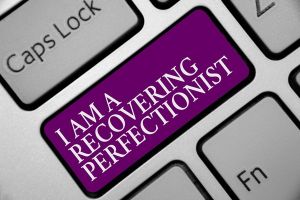
Be creative -
Art therapy is an effective way to tackle anxiety. In creating art, we can focus on our perceptions, imagination and feelings. An art therapist will encourage you to express your inner world, and mindful art therapy has been proven to reduce anxiety.
Art therapy is a simple way to externalise your anxiety and observe it instead of feeling controlled by it.
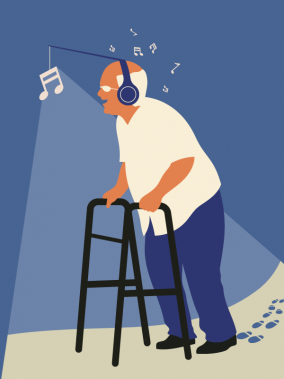
Talking therapy (CBT) -

Recently published in The Lancet that was talking therapy with someone with no vested interest can be a more successful treatment than prescription drugs, and have longer-lasting effects.
Although opening up to loved ones can ease the burden of isolation, it can be useful to talk to someone who won’t judge you, or feels judged.
Talking therapy can provide a safe space to uncover a discourse around your anxiety, even though it might sometimes seem overwhelming or scary to start. Question your family doctor what they recommend and whether they can put you on a waiting list to see a psychotherapist or counsellor.
Relationships -
Relationships thrive on empathy, but anxiety can temporarily shut down your ability to see situations from another person’s point of view. It makes sense that when you are in survival mode, your focus narrows to yourself and your emotions, but this can take its toll on your relationships.

When friends, family or colleagues push back, you may feel misunderstood and unsupported, so you withdraw and can become stuck in a destructive pattern. The irony is that relationships are a crucial part of your life and, when you’re in a place of calm,
you are kind, considerate and emotionally intelligent.
Resist the urge to withdraw or to use conflict and perceived hurts as a distraction from your underlying anxiety. It would help if you keep your connections, and you need them more than ever to grow stronger and recover.
You may not be emotionally ready to make space in your turbulent world for anyone else’s problems at this particular time, but actually listening may serve as an antidote for your specific anxiety, not at least by temporarily suppressing your overthinking mind.
Anxiety In Kids And Teens
Anxiety disorders are not exclusively adult afflictions either — angst can strike even young kids. According to ADAA, one in eight children struggles with an anxiety disorder. The Center For Disease Control (CDC) says 7.1% of children age 13-18 have some type of diagnosed anxiety disorder. Younger children tend to experience more separation anxiety or social anxiety when starting school or leaving the comfort of home.
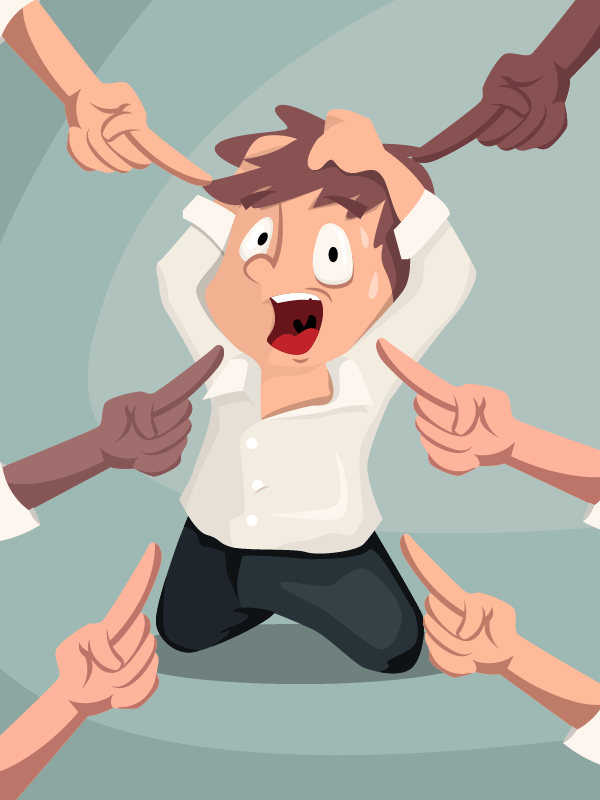
Getting a handle on anxiety during childhood is important. Research has shown that children and teens with untreated anxiety disorders are at higher risk of poor performance in school, social avoidance, and substance use, as well as comorbidities including eating disorders and ADHD. Therapy, medication in some cases, and familial support can help kids manage their anxiety, learn coping mechanisms early on, and lead healthy lives.
